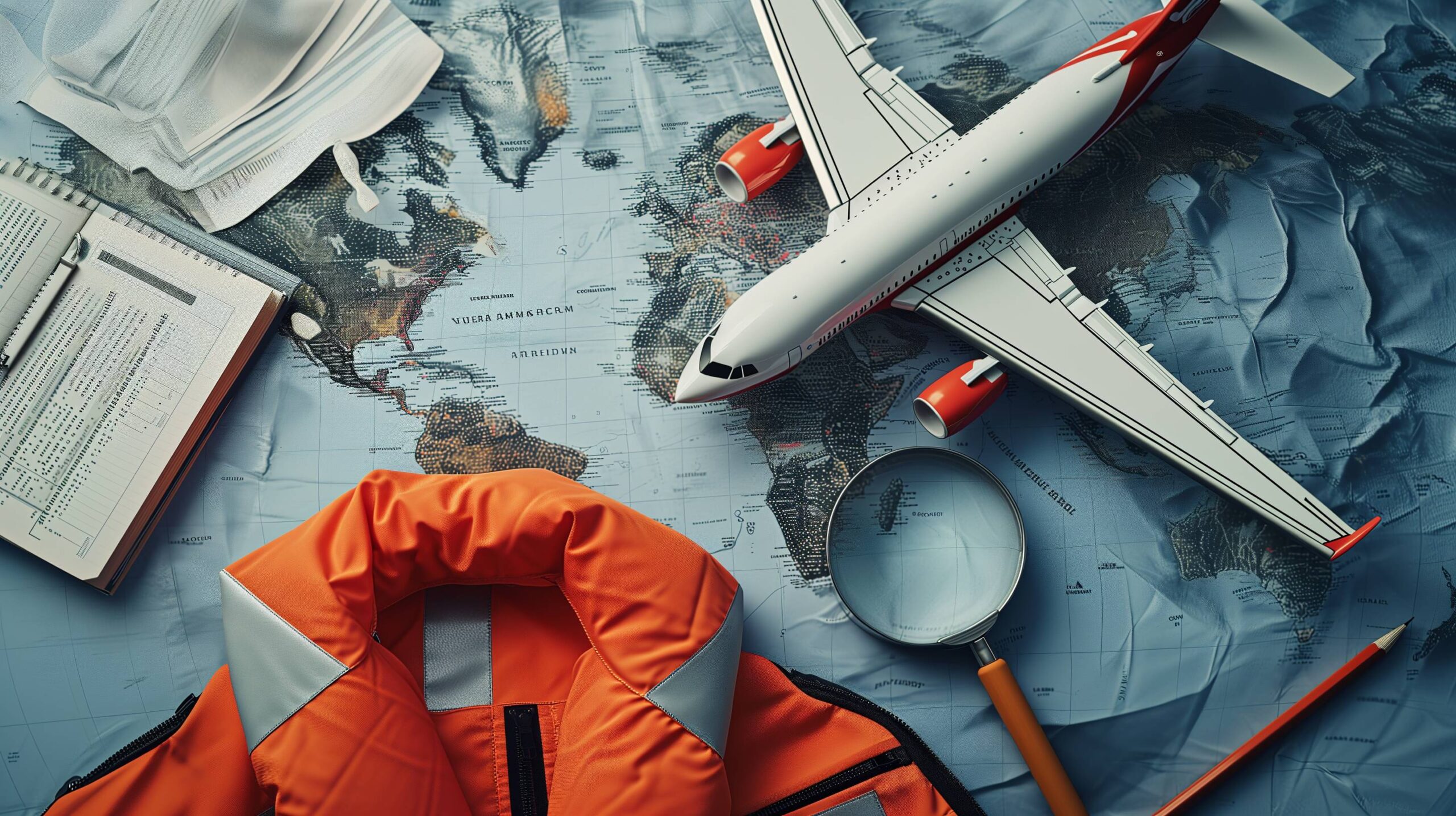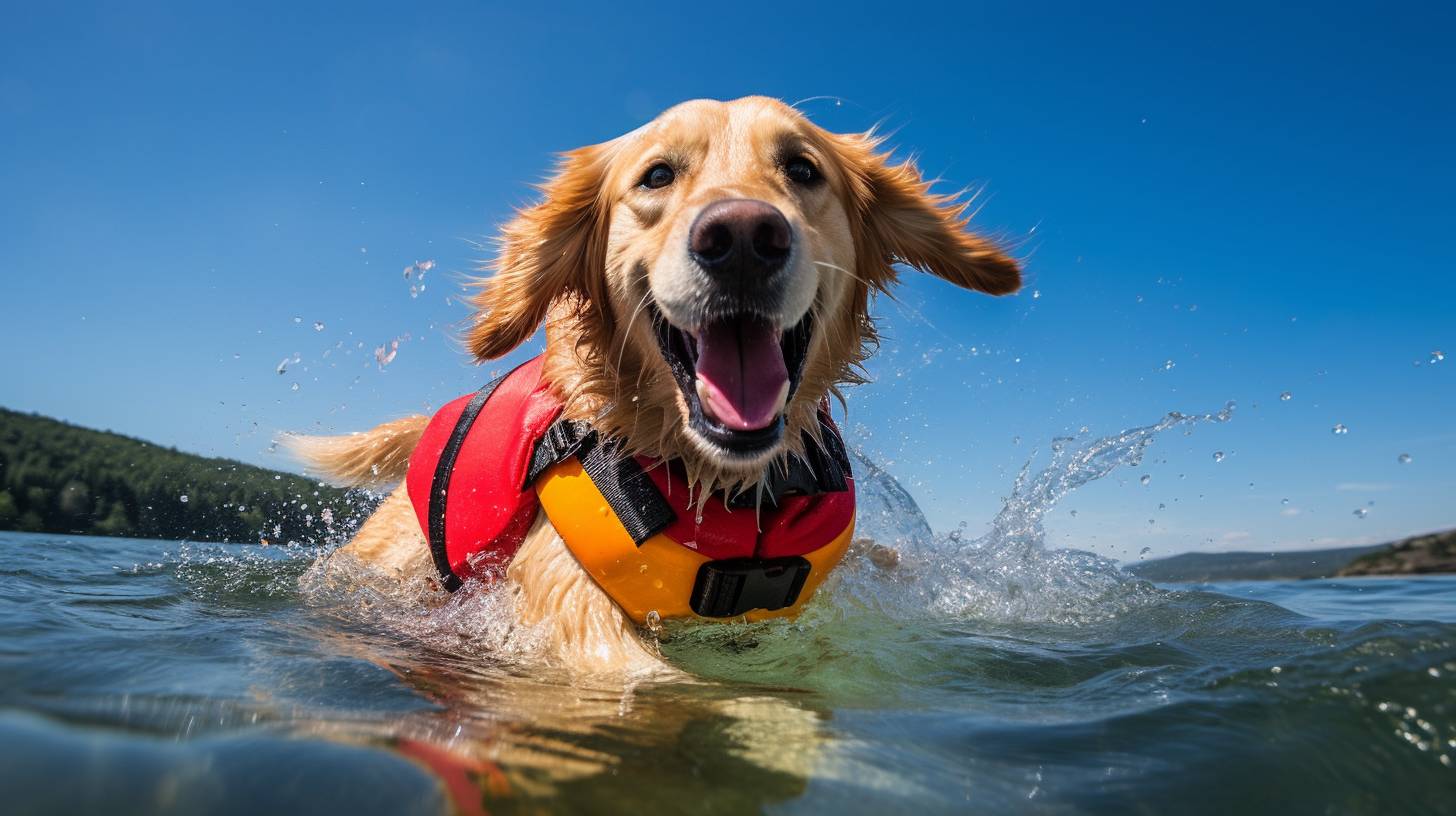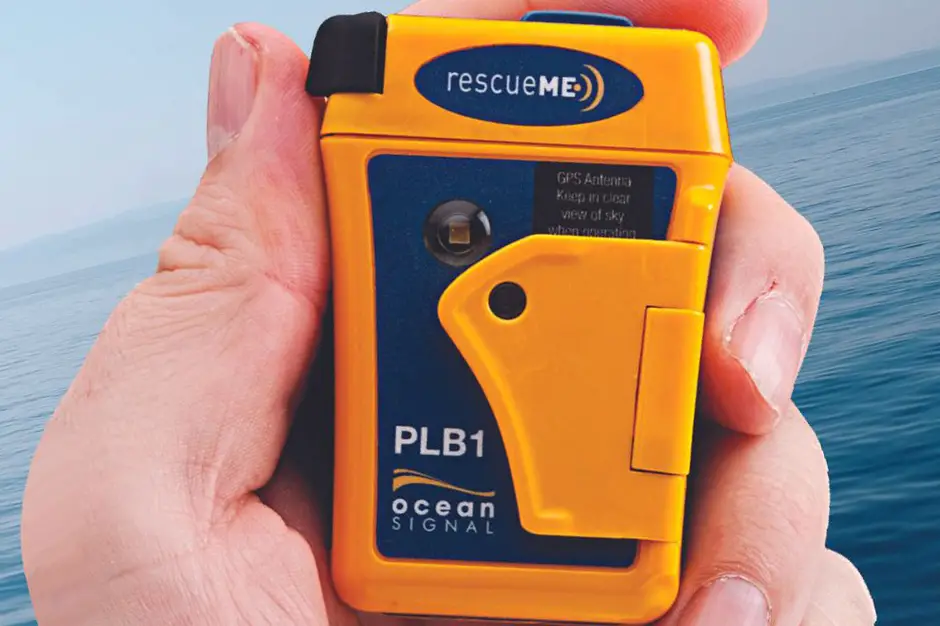Are you planning your next getaway and wondering if you can take a life jacket on a plane? Good news! According to International Air Transport Association (IATA) regulations, passengers can carry two inflatable lifejackets and two replacement CO2 cylinders in their hand or checked baggage.
However, there are some important factors to consider before you pack your life-saving gear.
While IATA regulations do allow for life jackets on planes, airline compliance and security staff can make the final call. It’s crucial to notify your airline and obtain written confirmation before your trip to avoid any issues at the airport. Additionally, be prepared for potential inconsistencies among airline staff when it comes to carrying CO2 cylinders.
To ensure a smooth journey, read on for more information about carrying life jackets on planes, hazardous materials declarations, and pre-travel preparations.
Key Takeaways
- Passengers are allowed to carry up to two inflatable lifejackets and two replacement CO cylinders in their hand or checked baggage, subject to the airline’s decision to comply with regulations.
- It is important for passengers to notify the airline and obtain written confirmation before carrying lifejackets as the captain and airport security staff have the discretion to refuse them if they pose a security threat.
- Policies on the carriage of cylinders may not be consistent among airline staff, and failure to declare hazardous material is a criminal offence that may result in passengers being denied boarding.
- Dangerous Goods Regulations provide provisions for dangerous goods carried by passengers or crew, and the approval of the operator(s) is required. The pilot-in-command must not be informed of their locations.

IATA Regulations Overview
Sure, you can take a life jacket on a plane, but it’s essential to follow IATA regulations. These regulations allow you to carry two inflatable lifejackets and two replacement CO2 cylinders in your hand or checked baggage, as long as you get the airline’s written confirmation and keep the captain and airport security in the loop.
Bear in mind that the airline has the final say on whether they comply with these regulations, and both the captain and airport security staff reserve the right to refuse your lifejackets if they deem them a security threat. To avoid any issues, it’s a good idea to notify your airline ahead of time and obtain written confirmation that you’re allowed to carry your lifejackets on board.
Keep in mind that airline staff might not always be consistent in their policies on the carriage of CO2 cylinders, so having written documentation is crucial. Remember, failing to declare hazardous materials is a criminal offense, and you could be denied boarding if you don’t remove the cylinders from your baggage when instructed. For added safety, it’s advisable to remove the CO2 cylinder from the firing head before you travel.
Airline Compliance Factors
While it’s generally allowed to bring inflatable lifejackets on a flight, airline compliance with IATA regulations may vary, and obtaining written confirmation from the airline beforehand is recommended to avoid potential issues.
There are several factors that could influence an airline’s decision to allow or refuse the carriage of lifejackets:
- Airline policies: Some airlines may have stricter policies than others, so it’s essential to check with your specific carrier for their rules and regulations.
- Destination country regulations: The laws and regulations regarding the transport of hazardous materials, including CO2 cylinders, may differ in your destination country.
- Security concerns: If airport security staff or the captain of the flight deem the lifejacket or CO2 cylinders to be a security threat, they may refuse to allow them on board.
- Airline staff awareness: Not all airline staff may be familiar with the specific regulations regarding the transport of lifejackets and CO2 cylinders, which could lead to confusion or misunderstandings.
- Packaging and presentation: Properly packing and presenting your lifejacket and CO2 cylinders to the airline staff and security personnel can help alleviate any concerns and increase the likelihood of being allowed to carry them on board.
To ensure a smooth travel experience, it’s important to familiarize yourself with the specific regulations and requirements of your airline and destination country. Make sure to obtain written confirmation from the airline, properly pack and present your lifejacket and CO2 cylinders, and be prepared to answer any questions or concerns from airline staff and security personnel. By taking these precautions, you’ll be better equipped to navigate any potential issues and enjoy a hassle-free journey with your inflatable lifejacket.

Carrying Inflatable Lifejackets
Carrying inflatable lifejackets on flights can be a bit tricky, but it’s definitely manageable with proper planning and communication.
First, you need to check the IATA regulations for carrying inflatable lifejackets and CO2 cylinders, as well as the policies of the specific airline you’ll be flying with. Remember that you’re allowed to carry two inflatable lifejackets and two replacement CO cylinders in your hand or checked baggage, but it’s ultimately up to the airline to comply with these regulations.
It’s advisable to notify the airline in advance and obtain written confirmation to carry your lifejackets and cylinders, as the policies on carriage of cylinders may vary among airline staff.
Before you travel, make sure to check the TSA list of prohibited items for air travel, FAA regulations on hazardous materials, and the United States Sailing Association guidelines for traveling with PFDs as well.
It’s important to declare any hazardous materials you’re carrying, as failure to do so is a criminal offense and can result in being denied boarding if the cylinders are not removed from your baggage.
To ensure a smooth process, it’s also recommended to remove the CO2 cylinder from the firing head of your lifejacket before packing it in your luggage.
Hazardous Materials Declaration
Declaring hazardous materials is crucial when packing for a flight, as it paints a clear picture for airline staff and helps avoid potential legal consequences. By providing accurate information about the contents of your luggage, you ensure a smooth and safe travel experience for yourself and fellow passengers.
Here are some essential tips to keep in mind when declaring hazardous materials:
- Always check the IATA Dangerous Goods Regulations and your airline’s specific policies to understand which items require declaration.
- Contact your airline in advance to obtain written confirmation for carrying lifejackets and CO2 cylinders.
- Be prepared to show documentation and answer questions about the hazardous materials you are carrying.
- Disassemble and securely pack your lifejacket, removing the CO2 cylinder from the firing head before travel.
Remember that failure to declare hazardous materials is a criminal offense and may result in fines or denied boarding.

Pre-Travel Preparations
Before embarking on your journey, it’s essential to make proper preparations, ensuring a hassle-free and enjoyable trip.
When planning to travel with an inflatable lifejacket and CO2 cylinders, start by checking the airline’s specific regulations and requirements. Contact the airline and obtain written confirmation that you can carry your lifejacket and cylinders on board, as this will help avoid any misunderstandings at the airport.
Additionally, familiarize yourself with the IATA Dangerous Goods Regulations, Section 2.3, the TSA list of prohibited items for air travel, FAA regulations on hazardous materials, and the United States Sailing Association guidelines for traveling with PFDs.
As a precaution, it’s advisable to remove the CO2 cylinder from the firing head of your lifejacket before packing it in your luggage. This will help prevent accidental inflation during your journey.
Remember that failure to declare hazardous materials is a criminal offense, and you may be denied boarding if you don’t comply with the regulations. By taking these steps, you can ensure that your lifejacket and cylinders are packed safely and securely, allowing you to focus on enjoying your trip.
Frequently Asked Questions
What are the penalties for not declaring hazardous materials when traveling with an inflatable lifejacket and CO2 cylinders?
If you don’t declare hazardous materials like CO2 cylinders in your inflatable lifejacket, you may face criminal charges. Additionally, you could be denied boarding or forced to remove the cylinders from your baggage.
How can passengers ensure that their specific airline allows the carriage of inflatable lifejackets and CO2 cylinders?
To ensure your specific airline allows carrying inflatable lifejackets and CO2 cylinders, contact them directly, request written confirmation, and consult their dangerous goods policy. Always follow IATA regulations and airline guidelines.
Are there any additional security measures that passengers should be aware of when traveling with inflatable lifejackets and CO2 cylinders?
Yes, when traveling with inflatable lifejackets and CO2 cylinders, notify the airline beforehand, obtain written confirmation, and consider removing the CO2 cylinder from the firing head to minimize security concerns.
What should passengers do if they face inconsistencies in airline staff policies regarding the carriage of CO2 cylinders?
If you face inconsistencies in airline staff policies regarding CO2 cylinders, notify the airline, obtain written confirmation for carrying lifejackets, and refer to IATA Dangerous Goods Regulations, Section 2.3 for clarification.
Are there any alternative options for carrying inflatable lifejackets and CO2 cylinders if they are not allowed on a specific flight?
If your flight doesn’t allow inflatable lifejackets and CO2 cylinders, consider shipping them to your destination or purchasing a non-inflatable lifejacket. Always check airline policies and seek written confirmation beforehand.




Leave a Reply